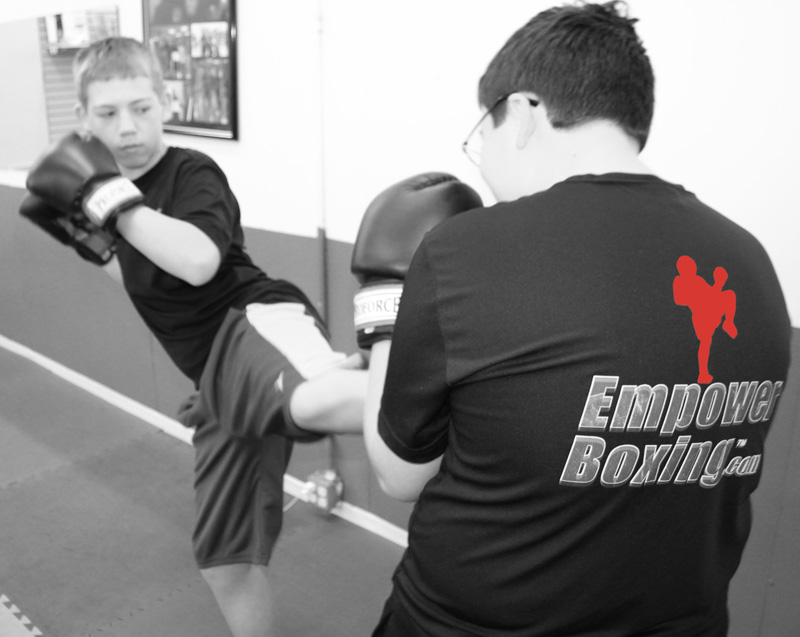Hosting a leadership class twice per month offers an opportunity to enrich your curriculum with varied and intensive training sessions. By incorporating demo team practice or padded weapons classes into the rotation, you provide a dynamic training environment that enhances skill development across different martial arts disciplines. Here's a structured planner to optimize your leadership classes:
Flexible Class Scheduling
- Option for Bi-monthly Classes: Alternate leadership classes with other specialized classes like demo team or padded weapons, keeping students engaged with varied content.
- Weekday or Saturday Sessions: Depending on availability and student preference, leadership classes can be scheduled during the week to avoid weekend commitments or continue on Saturdays for consistency.
Class Structure for Bi-monthly Leadership Training
-
Team Member Practice (30 minutes total)
- Stretching (10 minutes): Beginner team members lead.
- Warm-up (10 minutes): Intermediate members take the lead.
- Basic Drills (10 minutes): Advanced members lead, focusing on perfecting form and technique.
-
Technical Development (15 minutes)
- Explanation (5 minutes): In-depth discussion on the mechanics of basic Taekwondo kicks (side, round, front, hook).
- Class Application (10 minutes): Practical execution with peer feedback.
-
Leadership Development (30 minutes)
- Lecture (20 minutes): Covering effective communication skills, including voice modulation and body language.
- Volunteer Participation (10 minutes): Team members practice presenting in front of the group, encouraging real-time learning and confidence building.
-
Personal Development (15 minutes)
- Lecture (10 minutes): Discuss the importance of tact, diplomacy, and professional conduct in martial arts and beyond.
- Group Discussion (5 minutes): Facilitate a conversation among team members to reinforce lesson themes and encourage personal input.
Benefits of This Leadership Class Structure
- Enhanced Skill Development: Regular practice sessions led by different skill levels promote leadership among younger members and reinforce teaching skills among advanced students.
- Diverse Training Opportunities: Rotating special classes keeps the curriculum interesting and challenging, preventing monotony and promoting continuous engagement.
- Personal and Professional Growth: Focused sessions on personal and leadership development prepare students for roles within and outside the dojo, enhancing their overall growth.
Implementation Tips
- Consistent Evaluation: Regularly assess the effectiveness of the class structure and make adjustments based on student feedback and observed outcomes.
- Engage and Motivate: Ensure that each class includes elements that are directly applicable to students' daily lives and martial arts careers, keeping motivation high.
- Community Building: Use these classes to strengthen the sense of community within your school, fostering relationships between students across different levels.
By following this planner, your martial arts school can effectively cultivate a robust leadership program that not only enhances students' martial arts skills but also equips them with essential life and leadership qualities.


